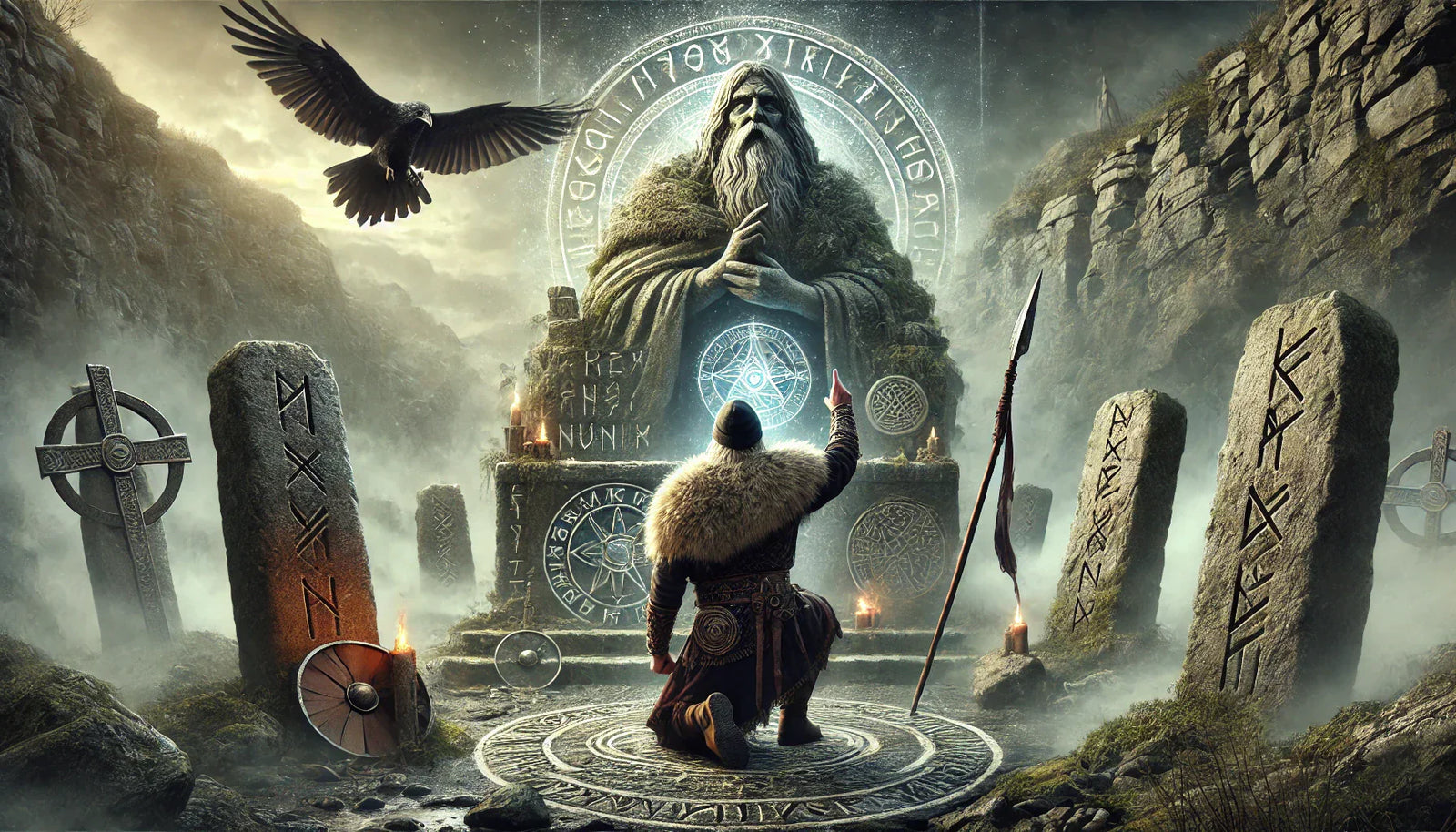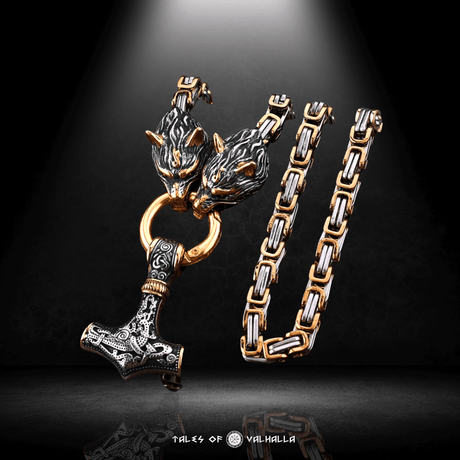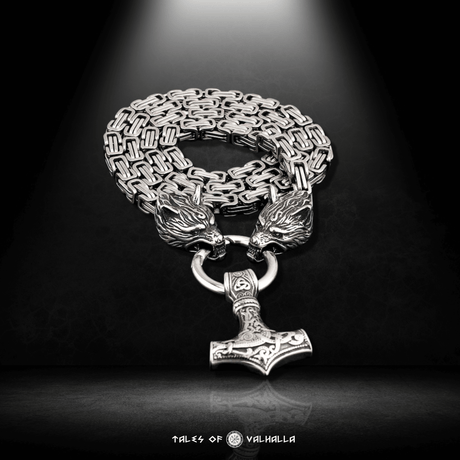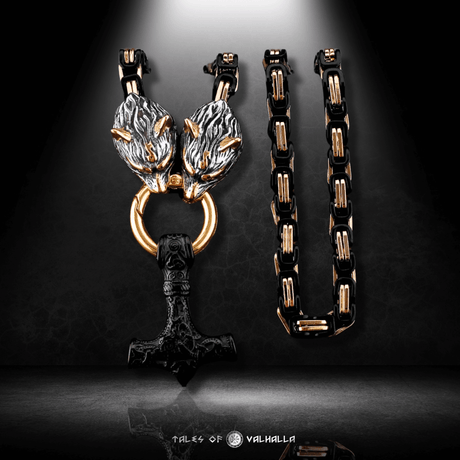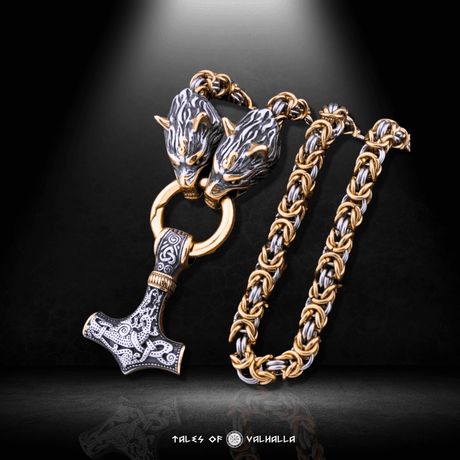Throughout history, Vikings have been known for their fierce spirit, exploration, and close connection to the gods. But one aspect that is often overlooked is the depth of Viking spirituality and how prayers played a significant role in their lives. From battle preparations to healing rituals, Vikings invoked their gods in all aspects of life. Today, there is a growing fascination with ancient Viking prayers, including Viking healing prayers, and their transition from the pagan practices of Norse mythology to modern interpretations.
In this blog, we will explore Viking healing prayers, their roots in Norse paganism, their transformation through history, and how they have been revived in modern spiritual practices. Whether you are exploring Norse mythology for personal interest or looking to incorporate Viking-inspired prayers into your life, this in-depth guide will walk you through the historical and spiritual significance of these timeless invocations.
Understanding Viking Prayer: A Spiritual Connection to the Gods
Prayer in Viking culture wasn’t a quiet, internal practice like we see in many modern religions. For the Norse, prayer was a loud, powerful invocation of their gods. Norse paganism prayers were direct, asking for help, protection, healing, and strength from gods who were deeply involved in the everyday lives of their worshipers.
The Polytheistic Beliefs of the Vikings
At the heart of Viking prayer was their belief in multiple gods, each controlling different aspects of life. The Norse pantheon included gods like Thor, the god of thunder; Freya, the goddess of fertility and war; and Odin, the Allfather, who ruled over wisdom and battle. These gods weren’t distant, untouchable figures but beings who could be called upon in times of need.
The Vikings believed that their gods were actively involved in their lives, which is why their prayers were so focused on practical aspects like protection, strength, healing, and guidance in battle. This close relationship with the divine meant that prayer was an integral part of Viking daily life, from the moment they set sail to the battlefield.
Viking Prayer as a Daily Ritual
Viking prayers weren’t limited to grand ceremonies or special occasions. They were woven into the fabric of everyday life. From small invocations before a journey to elaborate rituals for a bountiful harvest, the Vikings would pray for the gods' blessings in everything they did.
One of the most important aspects of Viking life was battle, and prayers for strength and protection were commonly directed toward Thor and Odin. Warriors would recite Viking prayer for strength before entering combat, asking for divine courage and protection. These prayers were a way of empowering themselves and ensuring they had the gods' favor.
Example of a Viking prayer for strength: "Thor, with your mighty hammer, grant me strength in the face of my enemies. Shield me from harm and guide my hand in battle. With your power, I shall be victorious."
Healing in Norse Culture: The Power of Viking Healing Prayers
While much of the focus on Viking prayers centers around battle and protection, healing prayers were equally important. In a time when medicine was rudimentary, the Vikings often turned to the gods for healing.
Eir, the Goddess of Healing
In Viking mythology, Eir was a lesser-known but crucial goddess associated with healing and medical knowledge. She was often invoked in times of illness or injury, particularly in cases where medical treatment was limited. Eir’s connection to healing made her a key figure in Viking healing prayers.
Vikings believed that healing was not just about physical recovery but also about emotional and spiritual well-being. Healing prayers often sought to address the whole person, focusing on restoring balance between the body, mind, and spirit.
Example of a Viking healing prayer: "Eir, bring your healing hands upon me. Mend my wounds, restore my strength, and bring peace to my soul. By your grace, let the light of health return."
The Role of Healing Prayers in Viking Society
Healing prayers weren’t just for personal use. They were often communal, especially when someone was gravely ill or injured in battle. In these cases, the family or community would gather to offer prayers to the gods for recovery. This communal aspect of healing reflected the Viking belief in the interconnectedness of individuals and their society.
Healing prayers were also a form of ritualized care. Just as the Vikings believed in physical remedies such as herbs, they also believed that the gods had the power to heal and could be called upon in times of sickness. Norse paganism prayers for healing often included rituals, such as offerings or sacrifices, to further honor the gods and ask for their intervention.
Norse Paganism Prayers: The Spiritual Landscape of the Vikings
To understand the depth of Viking healing and protection prayers, it’s essential to explore the broader world of Norse paganism. At the heart of Viking spirituality was their connection to nature, their ancestors, and the gods who governed all aspects of life and death.
The Power of the Gods in Prayer
Each of the Norse gods had their own domain, and prayers were directed accordingly. While Eir was the goddess of healing, other gods played important roles in different kinds of prayers.
- Prayer to Thor: Thor was often invoked for protection, particularly during travel or battle. As the god of thunder and protector of humanity, Thor was a central figure in many Norse prayer for protection rituals.
- Prayer to Odin: Odin, the Allfather, was called upon for wisdom, victory in battle, and guidance through difficult times. A prayer to Odin was often recited before journeys, battles, or when seeking knowledge.
- Prayer to Freya: Freya, the goddess of love, fertility, and war, was invoked for both healing and protection. A prayer to Freya would be common during childbirth or when seeking to heal emotional wounds.
Example of a prayer to Freya: "Freya, lady of love and war, grant me the strength to heal and the wisdom to love. Guide my heart with your light, and protect me from the darkness."
- See more: Viking Axes Collection
Ancient Norse Prayers: A Connection to Nature
Many ancient Norse prayers were deeply connected to the natural world. The Vikings believed that their gods were present in the wind, the sea, and the earth itself. Prayers often reflected this connection, asking for blessings from nature as much as from the gods.
For example, a Norse prayer for protection during a sea voyage might call upon both Thor and Njord, the god of the sea, to ensure safe passage.
The Evolution of Viking Prayers: From Norse Paganism to Christianity
As Christianity began to spread throughout Scandinavia in the late Viking Age, many aspects of Norse paganism prayers began to evolve. The transition from paganism to Christianity was gradual, and many Viking prayers were adapted rather than abandoned.
The Blending of Pagan and Christian Practices
In the early days of Christianity in Scandinavia, Viking prayers often blended the old and the new. For example, a Norse prayer for protection that once invoked Thor or Odin might now be directed toward Christian saints, such as Saint Olaf. However, the underlying request for protection remained the same.
This blending of religious practices allowed many traditional Viking prayers to survive, even as Christianity became the dominant religion. In rural areas, especially, people continued to pray to the old gods alongside their Christian faith, creating a unique fusion of beliefs.
The Preservation of Norse Prayer Traditions
Despite the spread of Christianity, many ancient Norse traditions, including prayer rituals, have been preserved. Today, there is a resurgence of interest in Norse paganism, with modern followers, known as Heathens, reviving ancient prayers and rituals. These modern Heathens often use Viking healing prayers as part of their spiritual practice, connecting with their ancestors and the natural world.
Modern Viking Healing Prayers: Reviving Ancient Traditions
In the 21st century, there has been a notable revival of Norse paganism, particularly in regions like Scandinavia and the United States. This movement, known as modern Heathenry, seeks to reclaim the spiritual practices of the Vikings, including their prayers for healing, protection, and strength.
The Role of Viking Prayers in Modern Spirituality
For modern followers of Norse paganism, Viking healing prayers hold a special place. These prayers are often used in holistic healing practices, where the focus is on restoring balance between the body, mind, and spirit. Just as the Vikings prayed to Eir for physical healing, modern Heathens might incorporate these prayers into their healing rituals, often combining them with practices like herbalism or meditation.
Creating Your Own Viking Healing Prayer
Many modern Heathens choose to personalize their prayers, creating their own invocations to the gods that reflect their unique spiritual journey. This practice aligns with the Vikings' own traditions, where prayers were often spontaneous and personalized.
If you are interested in creating your own Viking healing prayer, here’s a simple guide:
-
Choose the right god or goddess: Depending on your need, select a deity from the Norse pantheon. For healing, consider Eir or Freya. For protection, Thor or Odin are suitable.
-
Set your intention: Clearly define what you are asking for. Are you seeking physical healing, emotional comfort, or spiritual strength?
-
Incorporate nature: Like the ancient Vikings, connect your prayer to the natural world. Mention the elements (earth, wind, water) or natural symbols (trees, mountains) to ground your prayer in the environment.
-
Close with gratitude: Always thank the gods for hearing your prayer and for the guidance or healing you receive.
Example of a modern Viking healing prayer: "Eir, goddess of healing, hear my call. Guide my hands to bring health to my body, peace to my mind, and strength to my spirit. By the light of the sun and the breath of the wind, may I be restored. I thank you for your grace and power."
Conclusion
The prayers of the Vikings were more than simple words; they were invocations of the gods, connections to nature, and expressions of deep spiritual belief. Whether in battle, illness, or daily life, Vikings relied on these prayers to guide them, protect them, and heal them.
Today, these ancient prayers continue to inspire modern spiritual practices, offering a way to connect with the past while seeking healing and protection in the present. From Viking healing prayers to invocations for strength and guidance, the spiritual legacy of the Vikings remains strong, reminding us of the timeless power of faith and the enduring connection between humanity and the divine.
FAQs
1. What are Viking healing prayers?
Viking healing prayers are invocations used by the Vikings to ask the gods, particularly Eir and Freya, for physical, emotional, or spiritual healing. These prayers were part of the Vikings' holistic approach to health and well-being.
2. Who did the Vikings pray to for healing?
The Vikings primarily prayed to Eir, the goddess of healing, for physical recovery, and Freya, the goddess of love and fertility, for emotional and spiritual healing.
3. Are Viking prayers still used today?
Yes, many modern practitioners of Heathenry or Norse paganism still use ancient Viking prayers in their spiritual practice. These prayers are often adapted for modern life but maintain their connection to the Norse gods and natural elements.
4. What is a Viking prayer for protection?
A Norse prayer for protection is an invocation asking the gods, especially Thor or Odin, to shield the person from harm. These prayers were commonly said before battle, during sea voyages, or in times of danger.
5. Can I create my own Viking prayer?
Yes, personalizing Viking prayers is encouraged in modern Norse paganism. Many followers create their own prayers based on their needs and connection to the gods, using nature and personal intention as a foundation.
6. What is the 13th Warrior prayer?
The 13th Warrior prayer is a fictional Viking prayer from the movie The 13th Warrior. Though not historically accurate, it has become iconic in modern portrayals of Viking spirituality, focusing on family, honor, and the afterlife.

